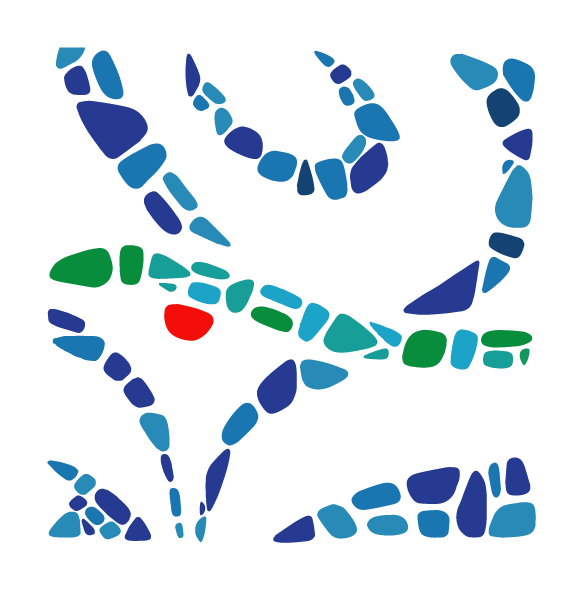Characterisation of Submarine Groundwater Discharge in the island of Gozo
Please login to view abstract download link
Coastal groundwater discharge (CGD) is an important element of the natural water balance in small carbonate islands. Numerical models developed for the mean sea level aquifer systems in Gozo highlight that CGD could account for up to 50% of the mean annual recharge. In spite of this, studies on CGD remain limited. To study the occurrence of CGD and the relative prevalence of diffuse and point coastal discharges in Gozo, thermographic surveys were undertaken during the periods of peak temperature difference between discharging groundwater and the receiving marine waters. The thermographic surveys were complemented by a survey of submerged marine caves undertaken under the LIFE BAHAR project which led to the identification of specific sites of concentrated CGD. Three sites with a marked temperature anomaly located along the South-Western coast of Gozo were selected by the Energy and Water Agency (EWA) and surveys were undertaken with the aim of outlining their main hydrogeological characteristics by a team of hydrogeologists and divers. Probes were installed at the discharge points continuously measuring electrical conductivity, temperature and pressure to enable an assessment of the variation in these parameters during the year. EC and temperature are indicators of the level of mixing of discharging groundwater with marine waters, whilst Pressure is an indicator of wave action and the enhanced ingress of marine water. Additionally, samples of the outflowing groundwater were collected from all three sites using robust syringes and analysis for chemical parameters were undertaken. From a hydrogeological perspective, all the discharge points are located along fault-planes where submerged caves have developed. Data analysis indicate different mixing functions depending on the season and influence of marine waters. Invariably, however, all three discharges are limited quantitatively and do not justify commercial exploitation.
